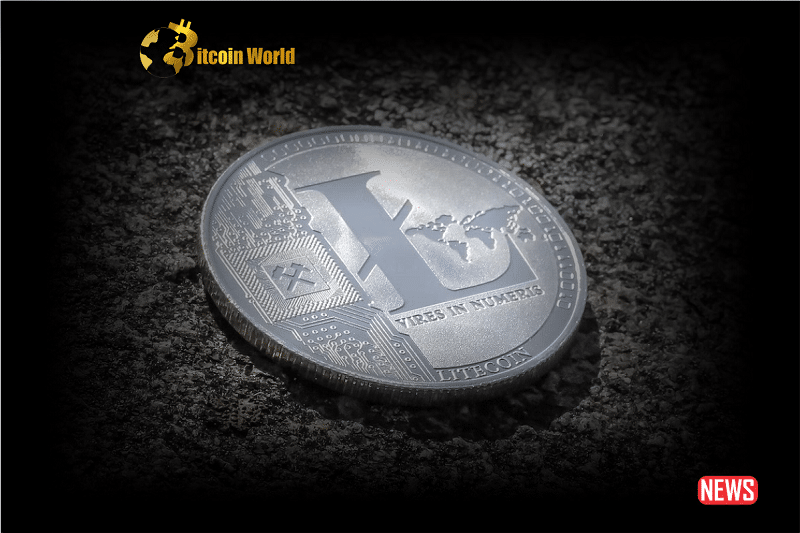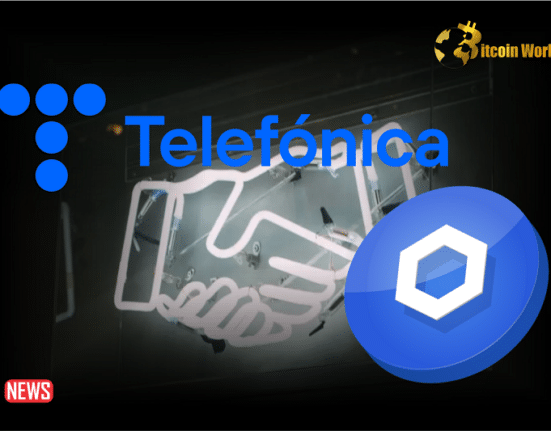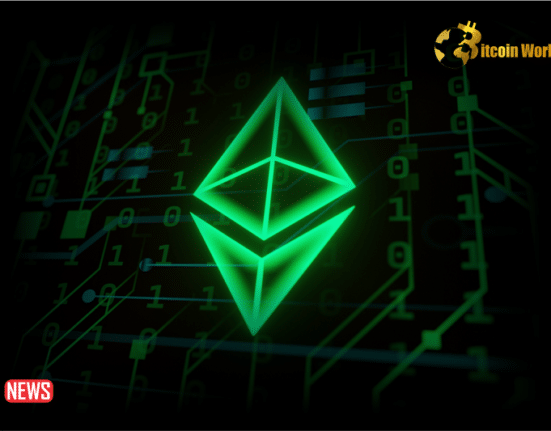Litecoin, often referred to as the silver to Bitcoin’s gold, has established itself as one of the enduring players in the cryptocurrency realm. With a track record spanning years as a decentralized network, Litecoin has earned its place in the crypto world. However, questions persist about its growth potential and ability to attain ambitious price targets.
Litecoin has proved its mettle in cryptocurrencies, making it an appealing choice for diversifying investment portfolios. Historically, Litecoin has shown resilience and liquidity during bull markets, which begs the question: How much growth can Litecoin realistically achieve?
Some Litecoin enthusiasts and investors harbor lofty expectations for the cryptocurrency’s future. Analysts, such as Shan Belew, have predicted a wide range of potential prices for Litecoin in the coming years, from as low as $3,301 to as high as $116,169 in 2025. While the upper limit may seem like a stretch, Belew’s lower target appears more attainable.
To reach the lower target of $3,301, Litecoin must achieve a market capitalization of approximately $243.18 billion, assuming its circulating supply remains constant. Litecoin’s current market capitalization is around $4.93 billion, just a fraction of the $25.8 billion it reached during the previous bull market.
For investors eyeing Litecoin as a potential opportunity, it’s crucial to consider the potential returns. If you invest $1,000 in Litecoin at its current price, you would acquire roughly 14.88 LTC. If Litecoin’s price surged to $1,000, that same investment would be valued at approximately $14,887. However, achieving such a price target necessitates significant accumulation of the cryptocurrency.
The path to Litecoin’s lofty price targets hinges on its ability to secure robust long-term demand. A telling indicator of this demand is whale activity within the Litecoin ecosystem. Analyzing supply distribution reveals that addresses holding between 100,000 and 1 million LTC coins control a substantial portion, accounting for 34.88% of the circulating supply.
Notably, the largest whale category significantly accumulated coins in Q2. However, addresses holding over 1 million LTC coins sold off significantly during the same quarter, contributing to selling pressure in Q3. Meanwhile, addresses holding between 1,000 and 100,000 LTC coins have accumulated in Q3. This complex picture of whale activity suggests that strong demand may take time to be evident.
This pattern aligns with Litecoin’s ongoing struggle to maintain a price above $100. Nevertheless, the dynamics may change as the market enters the next bullish phase, and it will be intriguing to observe how whales respond to evolving market conditions.
In conclusion, Litecoin’s journey toward its ambitious price targets is multifaceted, influenced by factors like demand, supply distribution, and market sentiment. While the cryptocurrency’s historical resilience offers hope, the road ahead is rife with challenges and uncertainties, making Litecoin’s future an intriguing narrative in digital assets.















